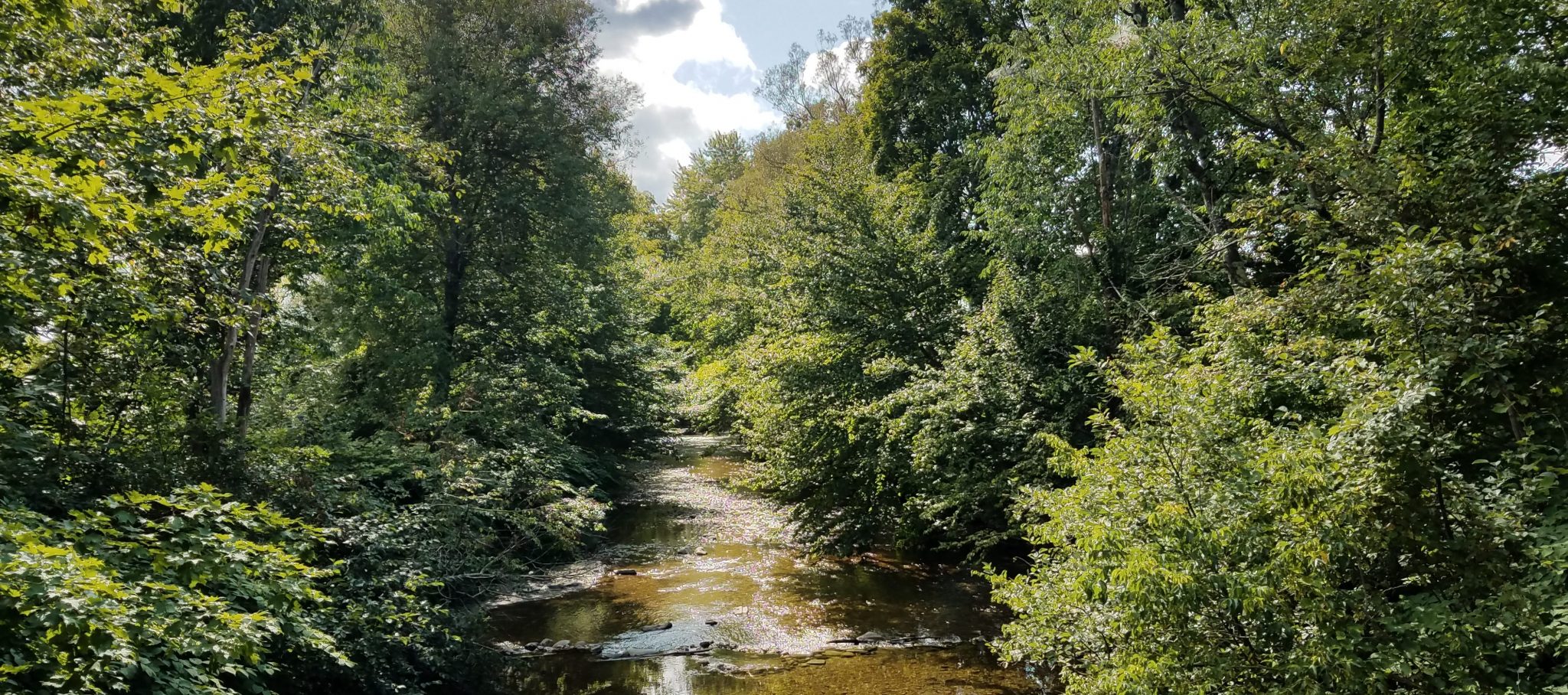The Nature Conservancy & Vermont Natural Resources Council Awarded $225,000 to Prioritize Dams for Removal in the Lake Champlain Basin
Montpelier, Feb 8, 2017— The U.S. Fish and Wildlife Service has awarded The Nature Conservancy and Vermont Natural Resources Council $225,000 over three years to prioritize dams for removal in the Lake Champlain Basin.
Vermont has over twelve hundred dams, hundreds of which are relics from the early industrial era. Many have not been maintained and no longer serve a useful purpose. These dams do, however, block fish passage, increase water temperatures and pose safety hazards. Dams decrease the stability of rivers by disrupting the movement of sediment, undermine water quality and threaten downstream property if they fail.
“VNRC has long recognized the impact of dams on Vermont’s public trust waters, and has worked to facilitate the removal of dams when appropriate,” stated Vermont Natural Resources Council executive director Brian Shupe.
“The Nature Conservancy is committed to reconnecting Vermont’s waterways for the benefit of fish, people and communities. Our science is prioritizing dams in Vermont’s watersheds to effectively target our conservation dollars to advance removal of what we consider to be ‘deadbeat’ dams. The partnership with the Vermont Natural Resources Council and the U.S. Fish and Wildlife Service award will catalyze our dam removal efforts in the Lake Champlain Basin,” stated Heather Furman, state director of The Nature Conservancy in Vermont.
Dam removals require broad community engagement, robust project management, and financial resources. Multiple stakeholders such as local watershed groups, community members, and state agencies are typically needed to achieve the goal of free flowing rivers and thriving fish populations.
“Support from the Fish and Wildlife Service will help us identify those dams that do not provide economic or cultural benefits to the public, pose the biggest threats to public safety, and offer the greatest benefits to water quality and fish habitat. With that information, we’ll be able to provide communities and willing dam owners with the support and resources they need to restore our streams and rivers and make Vermont safer and more resilient in the face of climate change,” Shupe added.
The 2005 Vermont Wildlife Action Plan (WAP) lists dams as a disruption or threat to habitat for 15 fish species such as brook trout and landlocked salmon. The U.S. Fish and Wildlife Service partnership will result in The Nature Conservancy and Vermont Natural Resources Council identifying priority dams for potential removal to improve fish habitat and connectivity, improve the health of our watersheds and help prevent the potentially devastating impacts of dam failures.
“The U.S. Fish and Wildlife Service is very excited to be partnering with Vermont Natural Resources Council and The Nature Conservancy to identify and develop dam removal projects in the Lake Champlain Basin. Each organization brings a wealth of experience and knowledge and they are leaders in the dam removal arena,” shared Chris Smith, state coordinator, Partners for Fish and Wildlife Program.
To learn more about the benefits of dam removals and the organizations and partners involved in the effort, please visit: www.freevtrivers.org
Media Contacts:
Eve Frankel, The Nature Conservancy, eve.frankel@tnc.org, 802 595 5000
Keil Corey, Vermont Natural Resources Council, kcorey@vnrc.org, 802-223-2328
Through research, education, collaboration and advocacy, the Vermont Natural Resources Council protects and enhances Vermont’s natural environments, vibrant communities, productive working landscapes, rural character and unique sense of place, and prepares the state for future challenges and opportunities. Learn more about our work at www.vnrc.org and follow us on facebook.com/ VermontNaturalResourcesCouncil and Twitter @VNRCorg
The Nature Conservancy in Vermont is a global conservation organization dedicated to conserving the lands and waters on which all life depends. Guided by science, we create innovative, on the ground solutions to our world’s toughest challenges so that nature and people can thrive together. We work in all 50 states and in over 65 countries. In Vermont, we have helped conserve over 300,000 acres of land, 1200 miles of shoreline, and we own and manage 55 natural areas. To learn more and support our important work, please visit: www.nature.org/vermont or follow us on facebook.com/TNCVT and twitter @vtnature_org




